-
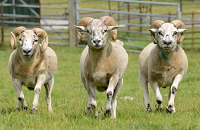
Sheep gene insights could help farmers breed healthier animals
Fresh insights into the genetic code of sheep could aid breeding programmes to improve their health and productivity. Scientists have mapped which genes are turned on and off in the different tissues and organs in a sheep’s body. Their findings shed new light on the animal’s complex ...Read more -

Some calves are inherently optimistic or pessimistic, just as humans are, a new University of British Columbia study has found.
Recognizing these individual personality differences is important to ensure animals are treated well, says professor Marina von Keyserlingk, who led the research team from UBC’s animal welfare program in the faculty of land and food systems. “Sometimes we are tempted to see only the h...Read more -
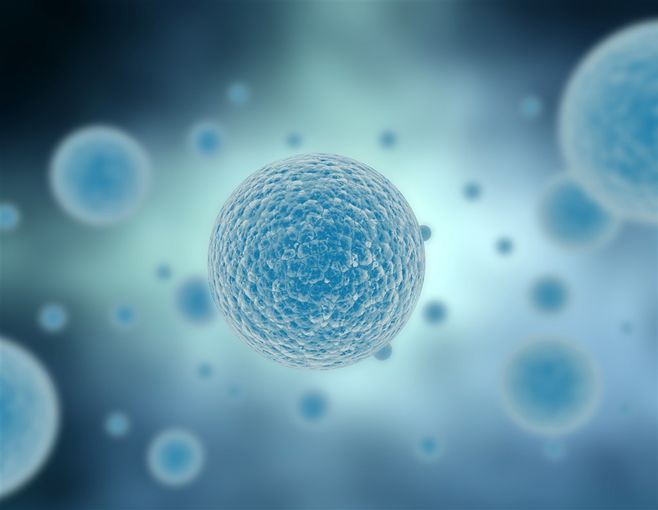
Humans carry more antibiotic-resistant bacteria than animals they work with
Antibiotic-resistant bacteria are a concern for the health and well-being of both humans and farm animals. One of the most common and costly diseases faced by the dairy industry is bovine mastitis, a potentially fatal bacterial inflammation of the mammary gland (IMI). Widespread use of antibiotic...Read more -
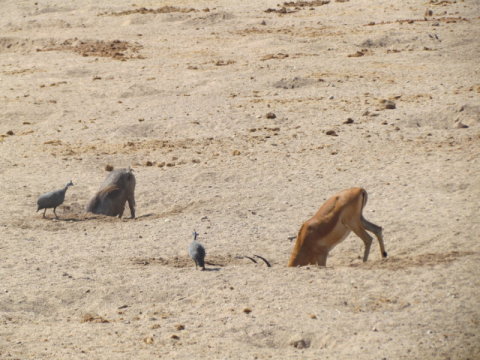
Why do animals dig waterholes?
Scientists from Berlin showed that animals in the Ruaha National Park in Tanzania, East Africa, already dig waterholes during dry seasons even if water is still available in the riverbed. When the river dries up and the water stops flowing, the water quality in the remaining pools deteriorates as...Read more -
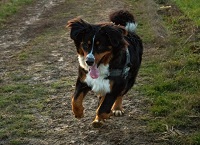
Why aren’t some dogs walked regularly?
A new study from the University of Liverpool in collaboration with The University of Western Australia has examined why some people feel motivated to walk their dogs regularly and others don’t. There are more than 8 million dogs in households across the UK. Unfortunately not all of them ar...Read more -

Scientists work to develop heat-resistant ‘cow of the future’
University of Florida scientists are working to breed the “cow of the future” by studying the more heat-tolerant Brangus cow — a cross between an Angus and a Brahman. Raluca Mateescu, an associate professor in the UF/IFAS department of animal sciences, is part of a team of UF/I...Read more -
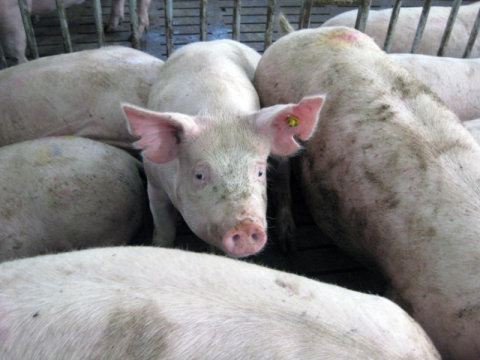
Success combating multi-resistant bacteria in stables
Multi-resistant bacteria represent a major problem not only in hospitals but also in animal husbandry. A study of the University Bonn describes how a farmer successfully eliminated these pathogens entirely from his pig stable. However, the radical hygiene measures taken in this case can only be a...Read more -
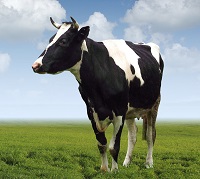
Researchers discover new cattle disease and prevent it from spreading
Following genetic studies of deformed calves, research is able to uncover a previously unknown disease found among Holstein cattle. The breeding bull from which the mutation and thus the deformation originate has now been put down to prevent the disease from spreading further. Within Danish cattl...Read more -
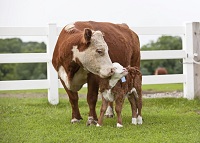
Rebreeding performance begins at calving time
Rebreeding efficiency comes down to three key words: body condition score. Body condition score (BCS) is a numeric estimate of the amount of fat on the cow’s body. BCS ranges from 1 to 9; 1 is emaciated, while 9 is extremely obese. A change in a single BCS, 4 to 5 for example, is usually associa...Read more -

Virus common among livestock depends on a micro-RNA to replicate
In the ongoing arms race between pathogenic viruses and the cells they infect, each side needs every advantage it can get. One way wily viruses can get a leg up is by subverting the microRNAs (miRNAs) of their host. These miRNAs are small stretches of RNA made by host cells to regulate gene expre...Read more -
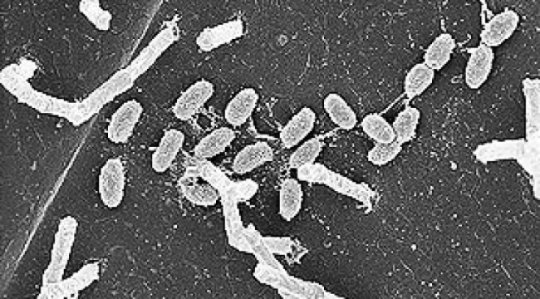
Microbial companions of humans, animals are highly specialized
It has long been known that almost all organisms have microbial companions. However, only about ten years ago did researchers find out that these bacterial communities are extremely rich in species. Humans and other mammals are often hosts to several thousand species, and even minute organisms li...Read more -
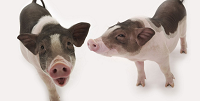
Protecting pigs from PRRS during reproduction
In the words of Kansas State University researcher Raymond “Bob” Rowland, his latest work is helping to eradicate a devastating swine disease. The disease is caused by the porcine reproductive and respiratory syndrome, or PRRS, virus. The virus costs the U.S. pork industry more than $...Read more -

Muzzle in on cattle classification
Researchers are developing a biometric identification system for cattle that could reduce food fraud and allow ranchers to control their stock more efficiently. The system described in the International Journal of Image Mining uses the unique features of a prominent part of the animal to identify...Read more -

Overcoming immune suppression to fight against bovine leukemia
The anti-bovine PD-1 rat antibody (left) was found unstable in the cow’s body and had no antiviral effect. So, the research team formed a rat-bovine chimeric antibody (right) which successfully showed an antiviral effect. Bovine leukemia is a systemic, malignant lymphosarcoma in cows which...Read more -
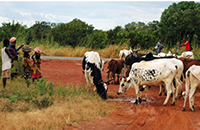
Mosquito preference for human vs animal biting has genetic basis
Mosquitoes are more likely to feed on cattle than on humans if they carry a specific chromosomal rearrangement in their genome. This reduces their odds of transmitting the malaria parasite, according to a University of California, Davis, study published Sept. 15 in the journal PLOS Gen...Read more -

Lactation, weather found to predict milk quality in dairy cows
The quality of colostrum — the nutrient-rich milk newborn dairy calves first drink from their mothers — can be predicted by the mother’s previous lactation performance and weather, according to new research from the NH Agricultural Experiment Station at the University of New Ha...Read more -
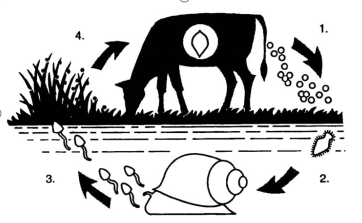
Liver Fluke Control in Beef Cattle
M.B. Irsik, Charles Courtney III, and Ed Richey The common liver fluke (Fasciola hepatica) is recognized as one of the most damaging parasites in Florida cattle. The liver fluke is a problem in the Gulf Coast states and the Pacific Northwest; in Florida, most infected cattle are found grazing low...Read more -
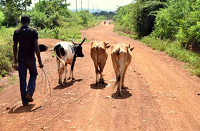
Humans, livestock in Kenya linked in sickness and in health
After tracking 1,500 households and their livestock in 10 western Kenyan villages for one year, researchers found a strong relationship between the number of illnesses among family members and the number of livestock sicknesses and deaths in the same household. This is a farmer enrolled in the s...Read more -
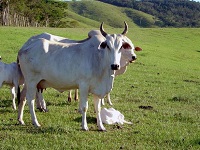
How to keep cows happy
Brazilian study shows how small changes on farms can lower stress levels of cattle Corrals are used on livestock farms around the world to round up the animals when they need to be weighed or vaccinated. New research now shows that removing splashes of colors, shadows or water puddles from corr...Read more -

How the smallest bacterial pathogens outwit host immune defenses by stealth mechanisms
Despite their relatively small genome, mycoplasmas can cause persistent and difficult-to-treat infections in humans and animals. A study has shown how mycoplasmas escape the immune response. Mycoplasmas ‘mask’ themselves: They use their small genome in a clever way and compensate for ...Read more -
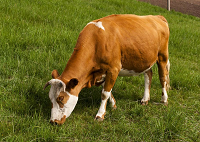
How blood-sucking insects find dark-coated cattle in the dark
Last year, biologist Susanne Åkesson at Lund University in Sweden, together with researchers in Hungary, received the Ig Nobel Prize in Physics. The prize was awarded to them for their research showing that dark-coated horses suffer more from blood-sucking horseflies compared to their white coun...Read more -
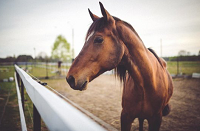
Horses get the flu, too
Flu vaccines for horses haven’t been updated in more than 25 years, but researchers have developed a new live equine influenza vaccine that’s safe and more protective than existing vaccines. Proactively preventing the spread of flu in animals is important, as animals are the most lik...Read more -
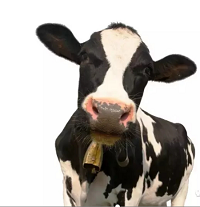
Happy cows make more nutritious milk
The results of a new study could lead to a better understanding of how to improve the health of dairy cows, and keep the milk flowing. Daily infusions with a chemical commonly associated with feelings of happiness were shown to increase calcium levels in the blood of Holstein cows and the milk o...Read more -
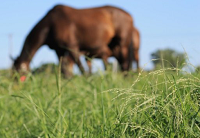
Grazing horses on better pastures
Horses are grazing annual warm-season forages in St. Paul, Minnesota. When you picture a horse, you may imagine it grazing contentedly in a grassy pasture. Grazing lets horses move around naturally outdoors and socialize with other horses. And grass is an easily available, nutritious feed...Read more

